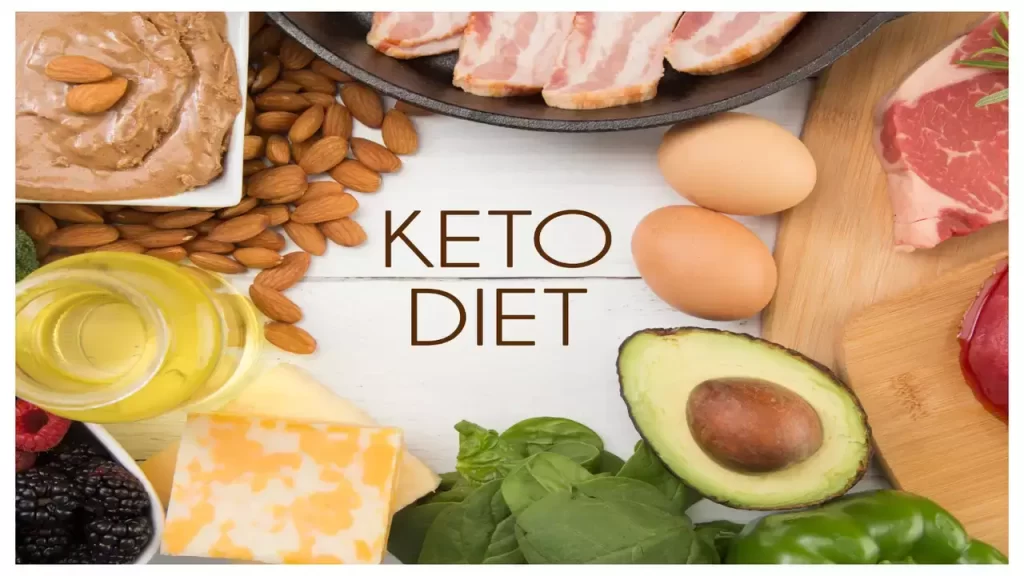The ketogenic diet is built around precise macros nutrient ratios that help the body transition into ketosis, a metabolic state where fat becomes the primary energy source. Understanding and managing your macros—fat, protein, and carbohydrates—is crucial for achieving weight loss success on keto. This article explores the science behind macronutrients, their role in ketosis, and practical tips for tracking and optimizing your macros to maximize fat burning.
What Are Macros?
Macros, short for macronutrients, are the three main components of food that provide calories and energy:
-
Carbohydrates: Typically the body’s primary energy source, carbs are restricted on keto to force the body to use fat for energy.
-
Fats: The cornerstone of the ketogenic diet, fats provide the majority of calories and fuel ketosis.
-
Protein: Essential for muscle maintenance and repair, protein intake on keto is moderate to prevent excess conversion into glucose.

Why Macros Matter on Keto
The ketogenic diet relies on specific macronutrient ratios to induce and maintain ketosis. These ratios typically consist of:
-
70–80% Fats: Fats are the primary energy source and drive ketone production.
-
10–20% Protein: Protein is kept moderate to prevent gluconeogenesis (conversion of protein into glucose).
-
5–10% Carbohydrates: Carbs are minimized (usually under 50 grams per day) to deplete glycogen stores and trigger fat burning.
Failing to adhere to these ratios can disrupt ketosis and hinder weight loss progress.
How Each Macro Contributes to Weight Loss
1. Fats: The Foundation of Keto
Fats are essential for providing sustained energy during ketosis. Unlike glucose from carbs, ketones derived from fats offer a stable energy source that reduces hunger and cravings.
Key Benefits:
-
Promotes satiety, helping you eat fewer calories overall.
-
Fuels ketosis by providing raw materials for ketone production.
-
Supports hormonal balance by aiding in the absorption of fat-soluble vitamins like A, D, E, and K.
2. Protein: Muscle Maintenance
Protein plays a critical role in preserving lean muscle mass during weight loss. However, excessive protein intake can lead to gluconeogenesis, which may disrupt ketosis.
Key Benefits:
-
Prevents muscle loss while maintaining metabolic rate during calorie deficits.
-
Supports repair and recovery after exercise or physical activity.
3. Carbohydrates: The Limiting Factor
Carbs are restricted on keto to force the body to use stored fat as its primary fuel source instead of glucose. Keeping carb intake low is vital for entering and staying in ketosis.
Key Benefits:
-
Prevents insulin spikes that promote fat storage.
-
Encourages glycogen depletion, accelerating fat utilization.
How to Track Your Macros
1. Use Tracking Apps
Apps like MyFitnessPal or Carb Manager allow you to log your meals and calculate your daily macro intake automatically.
2. Measure Portions
Use a food scale or measuring cups to ensure accurate portion sizes for each meal.
3. Monitor Ketosis
Tools like urine strips or blood ketone meters can help confirm whether your macro ratios are keeping you in ketosis.
Tips for Optimizing Your Macros
-
Stick to Whole Foods: Focus on nutrient-dense options like avocados, fatty fish, eggs, nuts, seeds, and leafy greens.
-
Adjust Based on Activity Level: Increase protein slightly if you’re physically active to support muscle repair.
-
Experiment with Fat Sources: Incorporate healthy fats like olive oil, coconut oil, butter, ghee, and fatty cuts of meat.
-
Reevaluate Ratios During Plateaus: If weight loss stalls, consider adjusting your fat or protein intake slightly while keeping carbs low.
-
Avoid Hidden Carbs: Carefully read labels on processed foods to avoid ingredients like maltodextrin or added sugars.
Common Mistakes with Macros
-
Overeating Fats: While fats are essential on keto, consuming too many calories from fats can stall weight loss.
-
Excessive Protein Intake: Eating too much protein can lead to gluconeogenesis, disrupting ketosis.
-
Underestimating Carbs: Hidden carbs in sauces or processed foods can exceed daily limits without notice.
-
Ignoring Fiber Intake: Lack of fiber from low-carb vegetables can lead to digestive issues like constipation.
Conclusion
Macros play a pivotal role in achieving weight loss success on the ketogenic diet by ensuring your body remains in ketosis while receiving adequate nutrients for health and performance. By sticking to the recommended macronutrient ratios—high fats, moderate protein, and low carbs—and tracking your intake consistently, you can optimize fat burning while preserving muscle mass and avoiding common pitfalls like overeating or hidden carbs. With careful planning and adjustment based on individual needs, mastering your macros will help you achieve sustainable results on keto.
References
-
Healthline – Understanding Macronutrients
-
National Library of Medicine – Effects of Macronutrient Ratios on Ketosis
-
Harvard Health Publishing – Keto Diet Basics
-
Mayo Clinic – How Keto Works
-
Cleveland Clinic – Protein Intake Guidelines
-
Virta Health – Importance of Fat Intake on Keto
-
WebMD – Tracking Carbs Effectively
-
Verywell Fit – Hidden Carbs in Foods
-
Healthline – Fiber-Rich Foods for Keto
-
Harvard Health Publishing – Balancing Macronutrients.